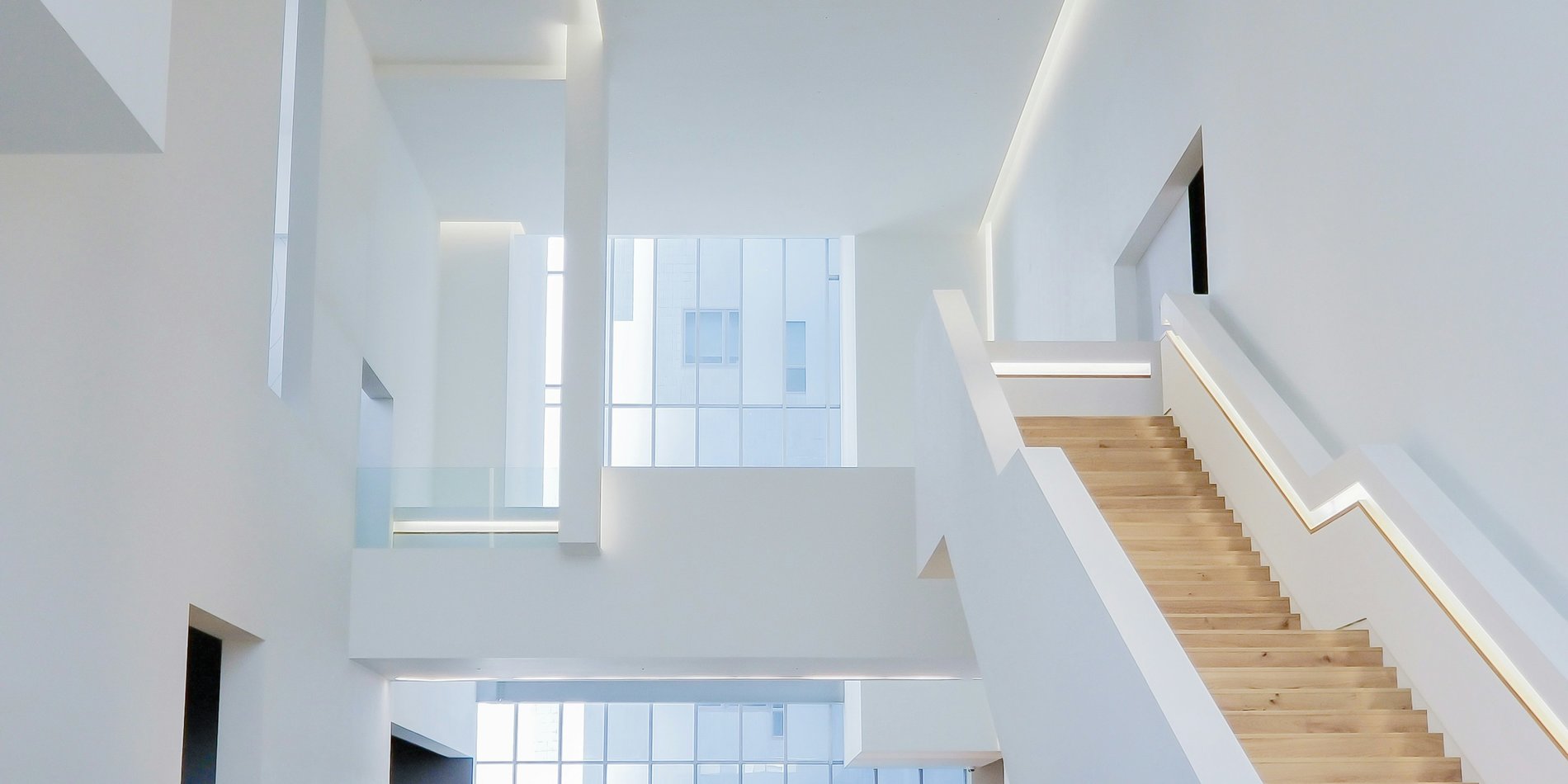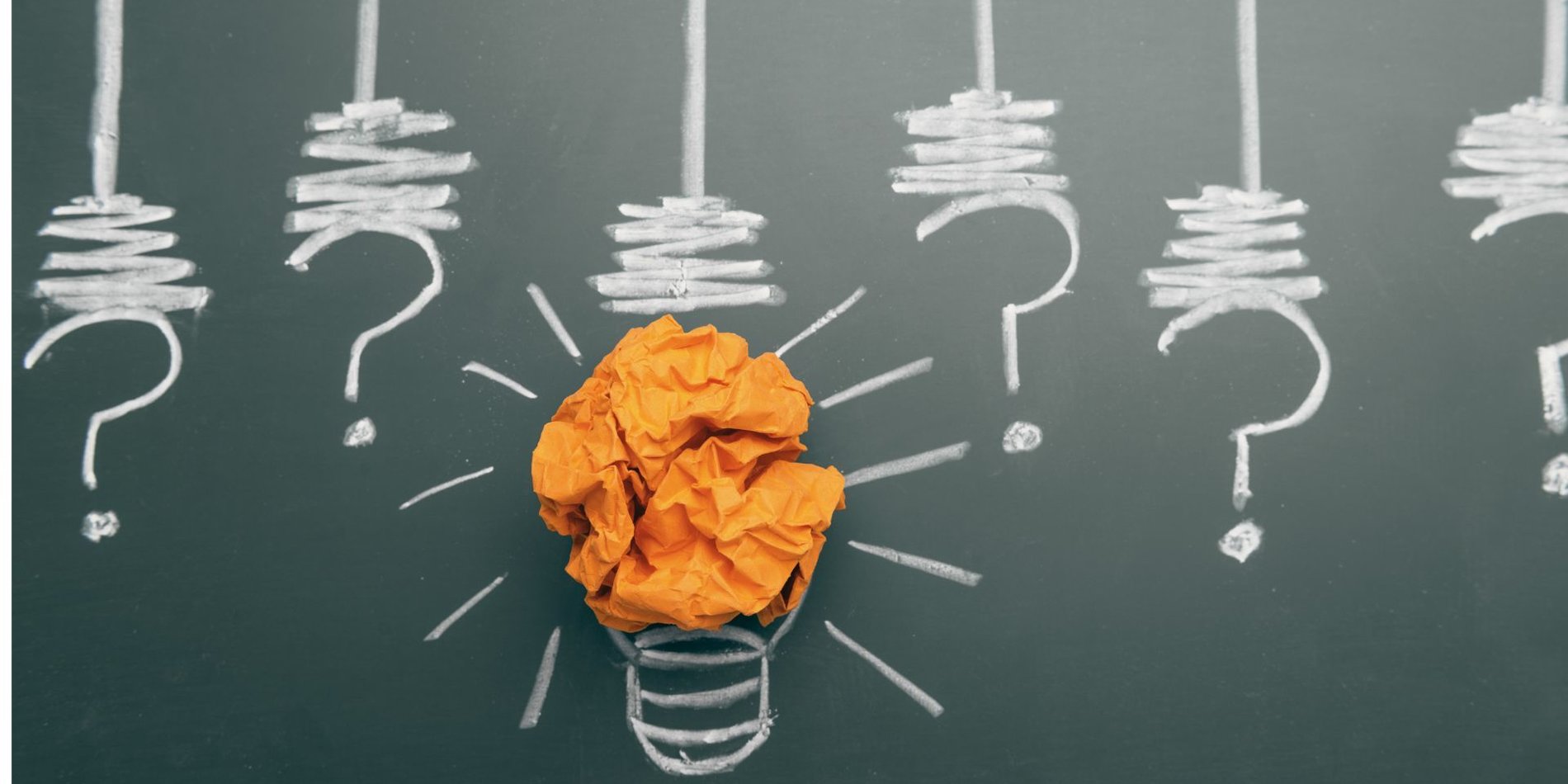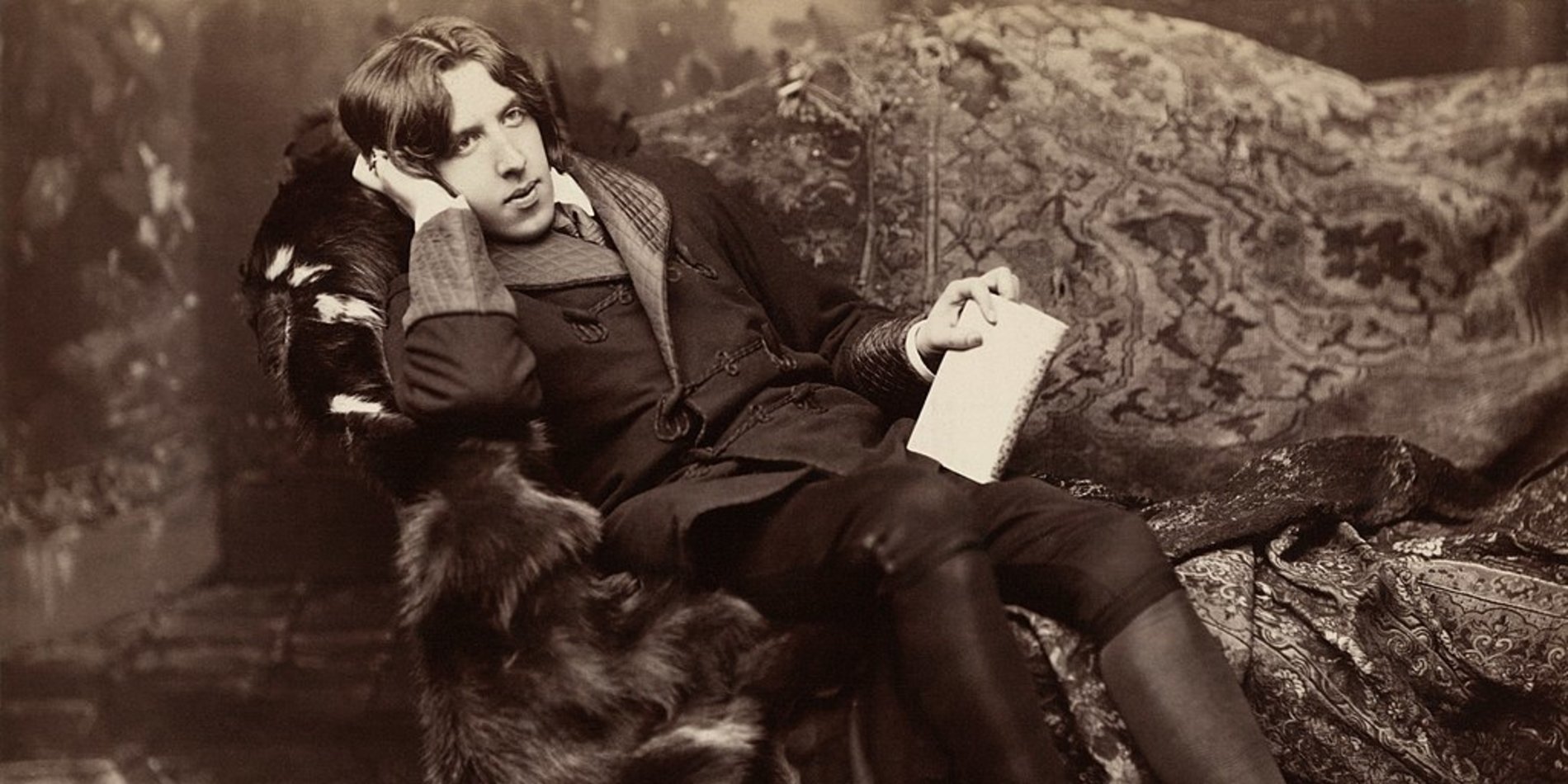EE 14N: Things about Stuff
General Education Requirements
This course is expected to experience high student demand. Frosh, sophomores, and new transfers who decide to rank a high-demand course when making their three selections for priority enrollment are advised to select other IntroSems being offered the same quarter for their second and third choices.
Course Description
The stories behind disruptive inventions such as the telephone, wireless, television, transistor, and chip are as important as the inventions themselves. Who thought of this stuff? Why? We'll discover the answers through in-class experiments and projects, such as building batteries and semiconductors out of pocket change, energy conversion devices, and laser projection microscopes. Students may propose topics and projects of interest to them; the trajectory of the course is determined in large part by the students themselves.
Meet the Instructor: Thomas Lee

Tom Lee received his S.B., S.M., and Sc.D. in electrical engineering from MIT. He worked his way through school at a random array of companies. After post-MIT stints at Analog Devices and Rambus, he joined Stanford's EE faculty in 1994 to establish a research program in CMOS wireless communications circuits. He has won several "best paper" awards at international conferences, is an IEEE Fellow and a Packard Foundation Fellowship recipient, and has been a Distinguished Lecturer of two different IEEE Societies. He holds 65 U.S. patents, has authored or coauthored seven books, and cofounded Matrix Semiconductor, ZeroG Wireless, and Ayla Networks. An avid amateur violinist and tenor, he has performed chamber music with cellist Yo-Yo Ma and for many years sang with the chorus of the Boston Symphony. He is a past director of DARPA's Microsystems Technology Office, and is the recipient of the 2011 Ho-Am Prize (colloquially known as "The Korean Nobel") in engineering.



